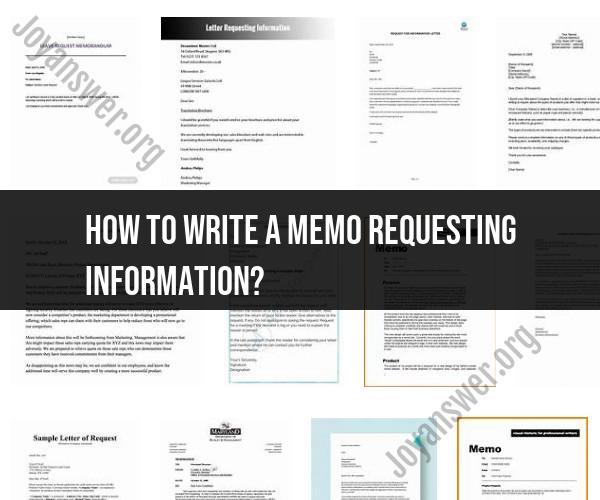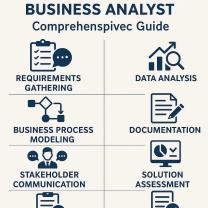How to write a memo requesting information?
Writing a memo to request information is a common business communication task. To ensure your memo is effective and professional, follow these best practices:
1. Use a Clear and Concise Subject Line:
- Begin your memo with a clear and informative subject line that summarizes the purpose of the memo. For example, "Request for Sales Data for Q3 2023."
2. Start with a Formal Header:
- Include the date, to, from, and subject fields at the top of the memo to provide context and structure.
3. Use a Professional Tone:
- Maintain a professional and respectful tone throughout the memo. Use formal language and avoid slang or overly casual expressions.
4. Provide a Clear Opening:
- In the opening paragraph, briefly introduce yourself (if necessary) and state the reason for writing the memo. Be concise and to the point.
5. Explain the Purpose:
- In the following paragraphs, explain in detail why you are requesting the information. Clearly outline the specific data or information you need and why it is important.
6. Include a Deadline:
- Specify a reasonable deadline for when you need the requested information. This helps prioritize your request and ensures timely responses.
7. Offer Assistance:
- Express your willingness to provide any additional context or assistance that may be required to fulfill the request. This demonstrates your cooperation and willingness to work together.
8. Use Bullet Points or Lists:
- If you have multiple points or questions, consider using bullet points or numbered lists to make your request more organized and easier to follow.
9. Be Grateful and Polite:
- Express appreciation in advance for the recipient's cooperation and assistance. Thank them for their time and effort.
10. Provide Contact Information:
- Include your contact information (email and phone number) so the recipient can easily reach out if they have questions or need clarification.
11. End with a Polite Closing:
- Use a polite closing phrase such as "Sincerely," "Best regards," or "Thank you" before your name. This adds a professional touch to your memo.
12. Proofread and Edit:
- Before sending the memo, carefully proofread it to check for grammar and spelling errors. Ensure that the content is clear and free from ambiguity.
13. Format Consistency:
- Maintain a consistent formatting style throughout the memo, including font type, size, and spacing.
14. Attachments (if necessary):
- If you need to include additional documents or reference materials, mention them in the memo and attach them accordingly.
15. Review and Revise:
- Review the memo one more time to make sure it conveys your message effectively and professionally. Revise as needed.
16. Distribution:
- Send the memo to the appropriate recipient(s) using the company's preferred communication channels (email, internal messaging system, etc.).
Remember that a well-crafted memo not only helps you get the information you need but also reflects positively on your professionalism and communication skills. Following these best practices will increase the chances of a successful request.
Here are some best practices for writing a memo requesting information:
- Start with a clear and concise subject line. The subject line should accurately reflect the purpose of your memo, so that the recipient knows what to expect.
- Address the memo to the appropriate person. Make sure to address the memo to the person who is most likely to have the information you need.
- State the purpose of your memo in the first paragraph. Be clear and concise about what information you are requesting.
- Provide any necessary context or background information. This will help the recipient to better understand your request.
- Be specific about the information you need. Avoid making vague or general requests.
- Set a deadline for a response. This will help to ensure that you receive the information you need in a timely manner.
- Proofread your memo carefully before sending it. Make sure that your memo is free of errors in grammar and spelling.
Here is an example of a memo requesting information:
Memorandum
To: [Name of recipient]
From: [Your name]
Date: 2023-09-16
Subject: Request for information on [topic]
Dear [Name of recipient],
I am writing to request information on [topic]. I am working on a project that involves [brief description of project], and I need the following information in order to complete my project:
- [List of the specific information you need]
I would appreciate it if you could provide me with this information by [deadline]. If you have any questions or need any additional information, please do not hesitate to contact me.
Thank you for your time and consideration.
Sincerely, [Your name]
By following these best practices, you can write a memo requesting information that is clear, concise, and professional.













